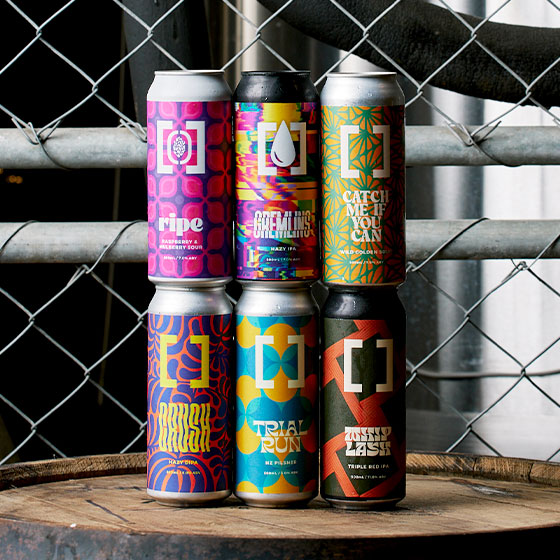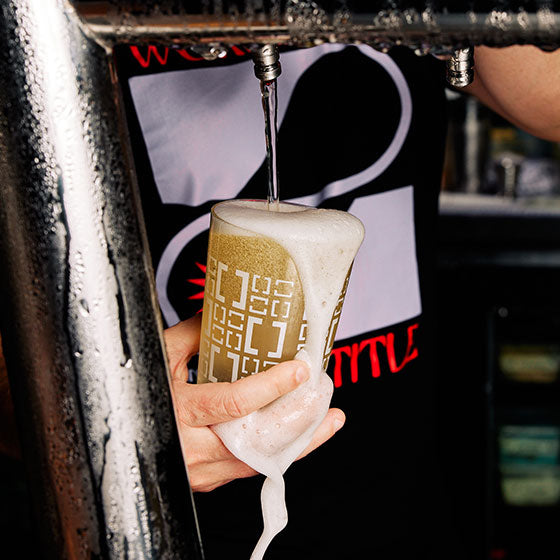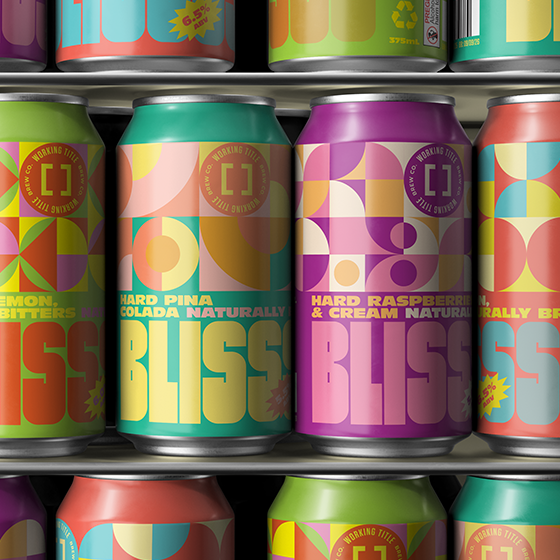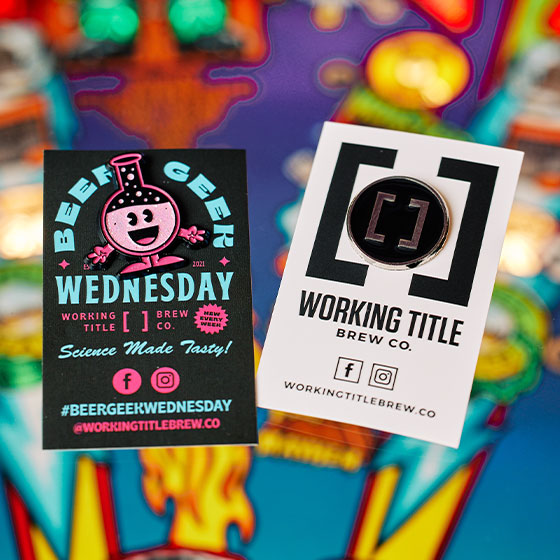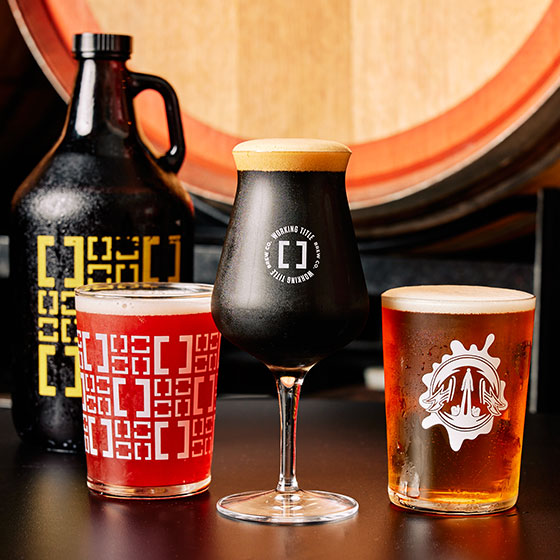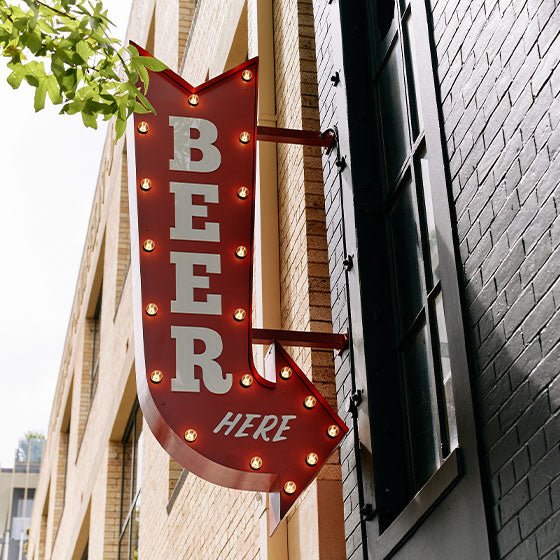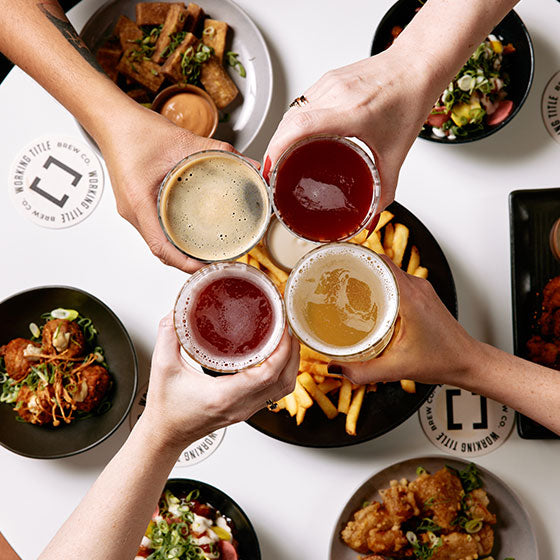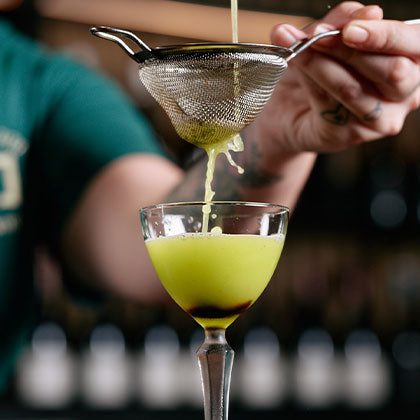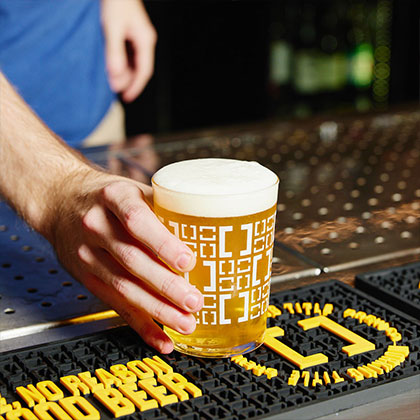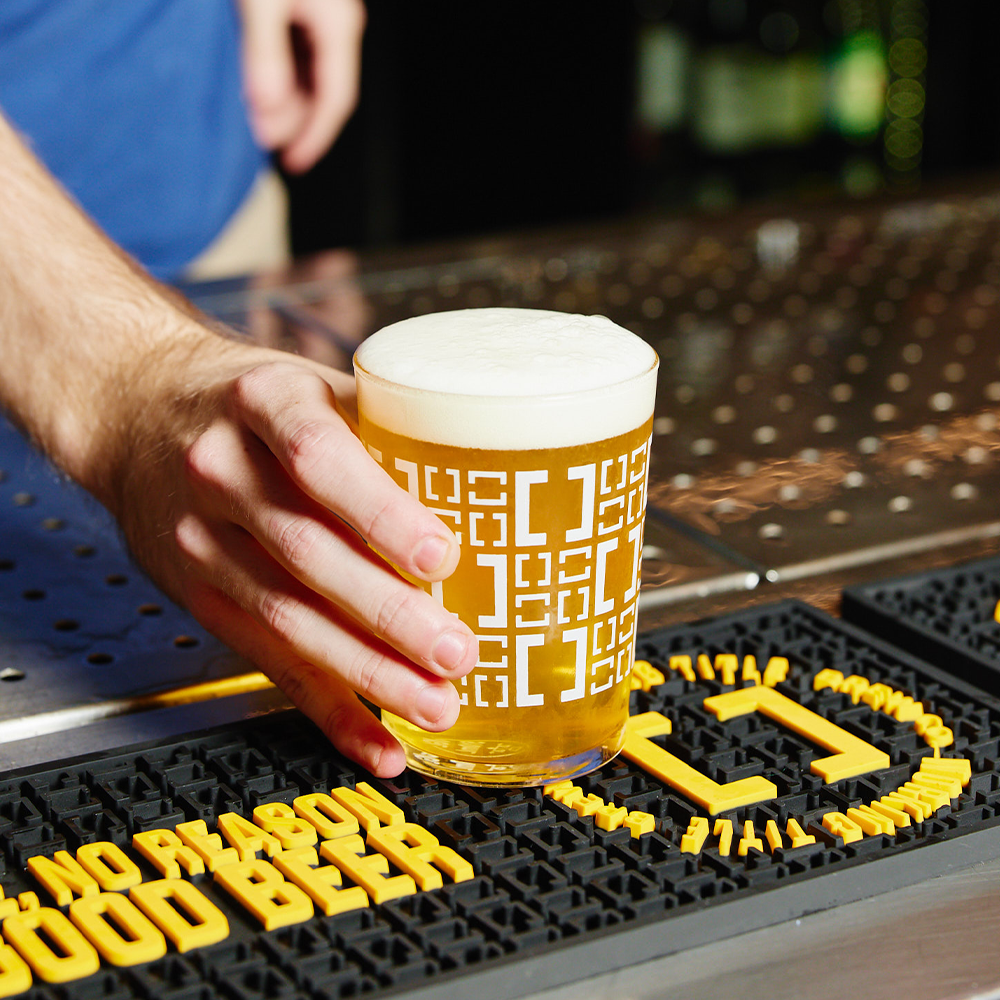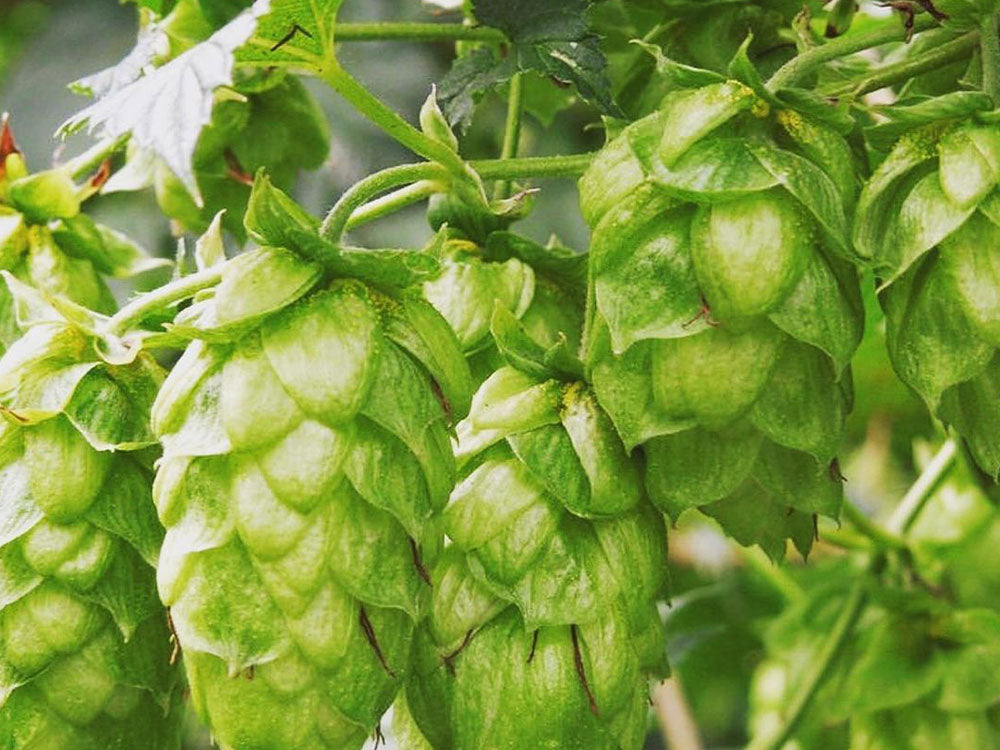Alright, it’s finally time for the pin-up hero of the terpene world. Monoterpenes want to be it, and sesquiterpenes want to be with it. That’s right, it’s Myrcene.
Myrcene is the predominant hydrocarbon in hop oils, accounting for up to 70% of total oils in some varieties. Upon the ripening of hop cones, epoxide terpenoids appear first, followed by the sesquiterpenes and finally Myrcene. While the other terpenes hit a ceiling early in the cone ripening, Myrcene continues to develop and is indicative of a cones ripeness. Geography, growing conditions and storage environment all contribute to Myrcene levels in hops. Myrcene oxidation leads to a rich array of terpenes, from Geraniol to Humulene.
Myrcene is poorly water soluble and best extracted during dry hopping. It does, however, have the lowest taste threshold and is easily perceivable, even at tiny concentrations. It is responsible for that intense green “hoppy” flavour, described as resin, herbaceous and fresh hops. At higher concentrations it can actually be off-putting, giving onion and garlic characters. This has lead to some novel techniques such as Dip Hopping to remove excess Myrcene. It is, of-course, rich in classic American varieties such as Cascade, Mosaic and Citra.
Myrcene is crazy volatile with an evaporation temperature of just 63oC. So in the boil it will be readily volatilised if not transformed to terpenoids. When Dip Hopping, the slurry must exceed 63oC to remove the unwanted Myrcene.
Myrcene delivers many biochemical consequences such as; analgesia, anti-inflammatory response, anti-bacterial activity and sedative effects.
And so our Terpene journey comes to a tearful end. Friends were made, followers were lost, but Terpenes were the real hero. Tenacious and flavoursome, they are the focus of much research and still poorly understood. I for one, am keen to play with some Terpene products coming to the market, in the search for that perfect combo.

